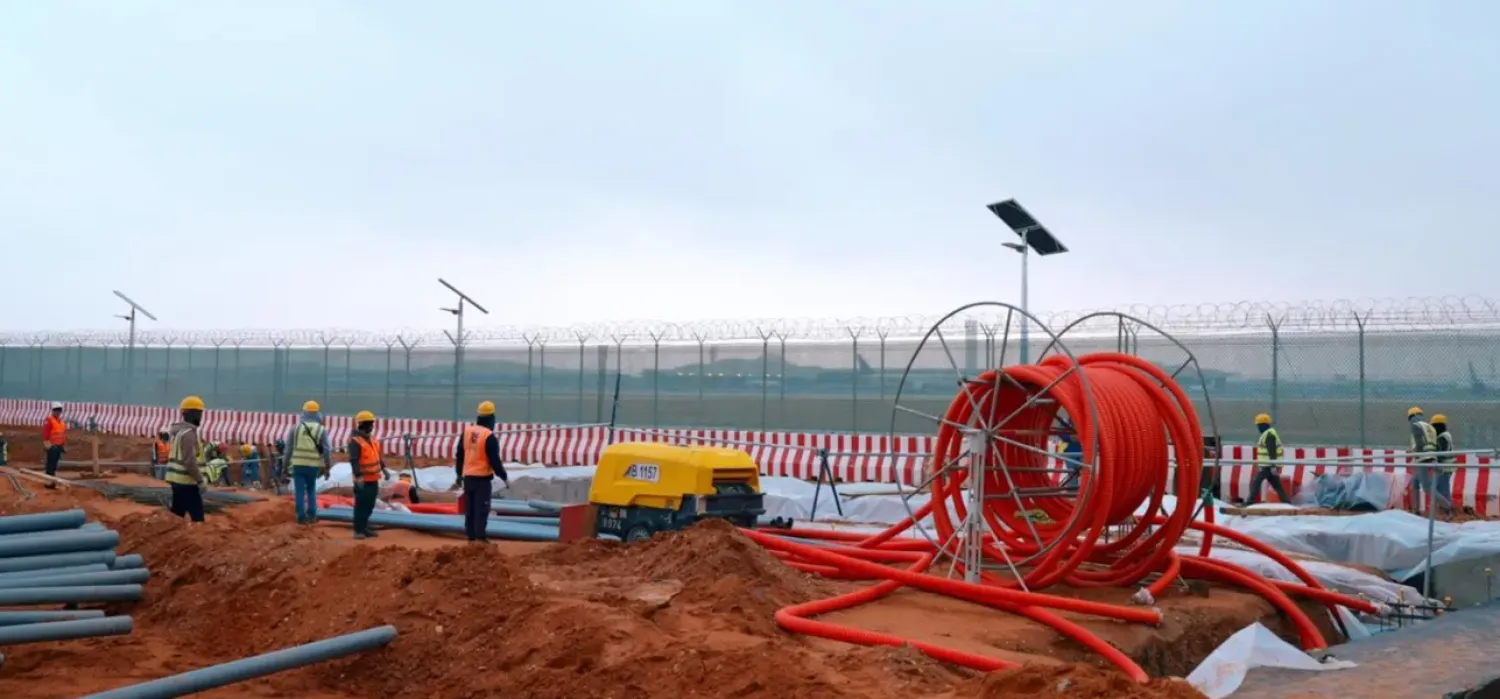Saudi Arabia’s Public Investment Fund (PIF) has announced the signing of a share purchase agreement worth around $3.3 billion to acquire a 100% shareholding in the Saudi Iron & Steel Company (Hadeed) from the Saudi Basic Industries Corporation (SABIC).
Simultaneously, Hadeed will acquire a 100% shareholding in AlRajhi Steel Industries Company (Rajhi Steel) from Mohammed Abdulaziz AlRajhi & Sons Investment Company (Rajhi Invest). This exchange involves newly issued shares in Hadeed.
The announcement of these two deals came in a statement released by PIF on Sunday.
In the statement, PIF indicated that the acquisitions will support its efforts in contributing to the development of the local industry and meeting the increasing domestic demand for products in the construction, automotive, utilities, renewable energy, transportation, logistics, and other sectors, aligning with the goals of Saudi Vision 2030.
“These transactions will bring together PIF’s financial capabilities and industry experience with Hadeed and Rajhi Steel’s leading technical and commercial expertise, to create a national champion in Saudi Arabia’s steel sector,” said Yazeed Al-Humied, the PIF’s deputy governor and head of Middle East and North Africa investments.
Financial analysts have described these deals as significant contributors to the growth of the Saudi economy in globally critical economic sectors.
They emphasize the diversification of income sources and achieving financial sustainability for the Saudi economy.
Furthermore, these acquisitions will bolster the investment portfolio of PIF and establish a new Saudi powerhouse capable of global competition in the iron and steel sector, with the potential to engage in numerous large-scale projects both within and outside the Kingdom.
Financial analyst Abdullah Al-Jubaili, in his conversation with Asharq Al-Awsat, sees the acquisitions as part of the government’s efforts to bolster the growth of the Saudi economy in globally significant economic sectors.
Infrastructure and iron sectors are considered key pillars of this endeavor.
Al-Jubaili further elaborates that PIF’s purchase of both SABIC's Hadeed and Al Rajhi Iron and their merger into a single entity will contribute to the emergence of a new Saudi powerhouse capable of global competition in this market.
This entity will be positioned to engage in numerous large-scale projects, both domestically and internationally.
Al-Jubaili explains that the timing of the acquisition coincides with the sharp decline in financial results for petrochemical companies. This move will assist SABIC soon to focus on enhancing its profitability in the petrochemical sector, given the global pressure on product prices and sector sales.
Additionally, the company will concentrate on its targeted sector and utilize its sales proceeds to expand in the petrochemical industry. This expansion may involve increasing the capacity of its factories or introducing new products to the markets.









